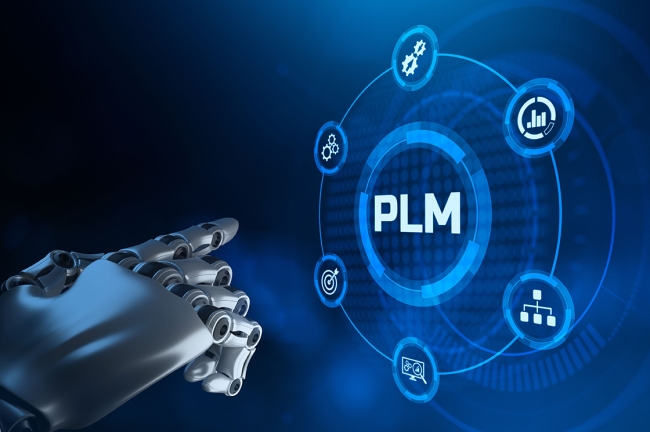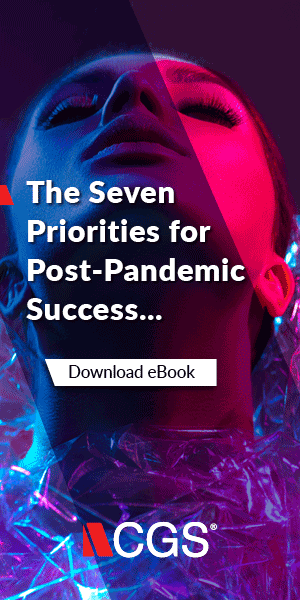Topics
Getting Smarter with PLM & AI Technology

The marriage between product lifecycle management (PLM) and Artificial intelligence (AI) technology could have profound results for companies in the apparel industry. On its own, PLM software has the potential to transform a company’s systems, making them more streamlined, cost-effective, and sustainable. With the help of AI technology, PLM becomes even smarter and more innovative, capable of identifying complex issues and making valuable recommendations.
Daniella Ambrogi, Global Marketing Director at CGS, describes the advantage of using the two in combination. Simply, PLM collects the data AI needs to make predictions.
“AI needs a lot of information so if you are going to build data for the long term with the AI tool, you should start building it the day you get PLM,” Ambrogi says. “If you are selective about what you put into the PLM dataset, PLM will evolve and become smarter.”
With the introduction of AI to PLM, companies can improve collaboration across languages, upgrade insights, and catch problems before they arise. According to Ambrogi, AI enhances the production process right from the beginning of a product's life – the development stage – and all the way to the end.
“If you come back from a research trip and took a thousand images and three of them are the same exact sweater, you would never know,” she says. “AI would know because that's what AI does; it understands what we train it to understand.”
AI and PLM continue to refine the product and production systems throughout the process of bringing it to market. During the ideation phase, AI can predict customer preferences. Designers can get feedback on a product based on the data from previous designs. Mistakes or miscalculations can be found by comparing current products to previous datasets.
Furthermore, these technologies help make systems more environmentally sustainable from the beginning to the end of a product’s life. As consumers and regulators grow increasingly concerned with climate change, the lifecycle of apparel products is coming under more scrutiny. AI and PLM together provide insights into efficiency that are essential to addressing these concerns and meeting ESG goals.
Before production even starts, AI can help companies develop more efficient processes and reduce the amount of time it takes for products to reach the market. With such improvement, companies are more agile and can make smaller batches faster, limiting the amount that ends up as waste.
For the products that do make it to the end of their lifecycle, PLM and AI can help minimize their footprint by finding ways to reuse the material.
“It’s not only the birth but the death of the garment and what we do at the end of life; how you bring it back and how you recycle back the raw materials,” says Ambrogi. “There is all this heavy data that can be collected and can be leveraged down the road.”
As AI technology becomes more advanced, companies that already utilize software like BlueCherry Next PLM have a head start. PLM collects the data needed for AI to work effectively, and the more information there is to analyze, the more accurate and useful the predictions and feedback it provides. Just as AI makes PLM smarter, investment in these tools makes your business more flexible and efficient.
To learn more about how Bluecherry Next PLM can support your business, visit our webpage or contact us by clicking here.

